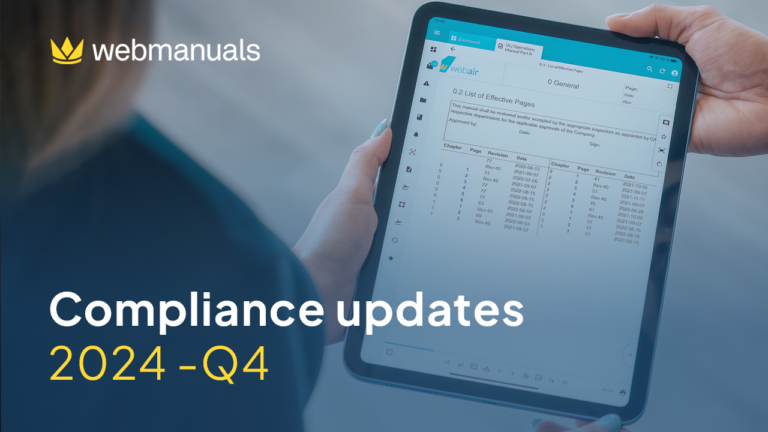Technology has been a major asset in the fight against Covid-19, from ‘track and trace’ apps, to online school classes, and tools for remote working. Governments, health authorities, and workers have quickly adapted to this ‘new normal’, which is hugely reliant on technology. But can the same be said for businesses?
The aviation industry has been hit particularly hard by the lockdowns imposed by numerous countries – and never has agility been more vital. As we look to the resumption of flights, IATA’s roadmap for restarting aviation asks for sweeping changes to be made across the arc of the air travel experience: pre-flight; at the departure airport; onboard; and post-flight.
With regulations changing so far and fast, airlines must be able to disseminate safety-critical updates quickly and directly to pilots and crews.
If a certain government decides all passengers entering the country need to be quarantined for 14 days, that policy must be applied instantly. If the European Union insists all passengers wear a mask, comply with in-flight social distancing measures, and receive only pre-packed meals, crews need to be made aware, or risk breaking the law. An efficient, consolidated digital system like Web Manuals ensures compliance for every aircraft crew, even for pilots that might be working in areas without Wi-Fi.
Storing and managing documentation digitally also means that companies will be better prepared, and in turn quicker, to get back on track during Covid-19 recovery. By creating the most agile conditions possible, businesses can have a competitive edge when ready to ramp up operations.
The agility that technology brings will be useful in other ways. Reports of the number of airlines that will fail due to the travel contraction during and after Covid-19 is likely to cause significant industry consolidation. If companies need to partner, or even merge, digitization can make this process a lot easier.
With IATA’s latest forecast predicting a revenue loss of $314 billion in 2020, a 55% reduction in 2019 passenger revenue, airlines will need to be agile to survive. Fast, automated, and effective digital systems will mean a quicker return to the skies and that all-important passenger revenue.




